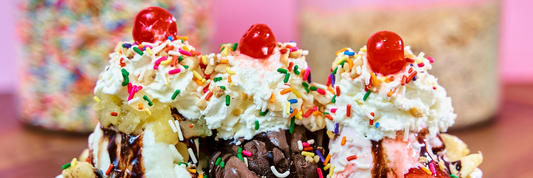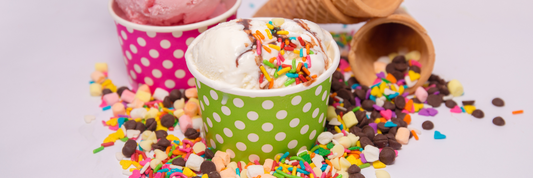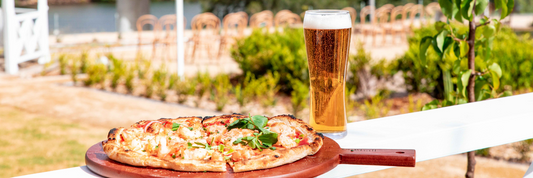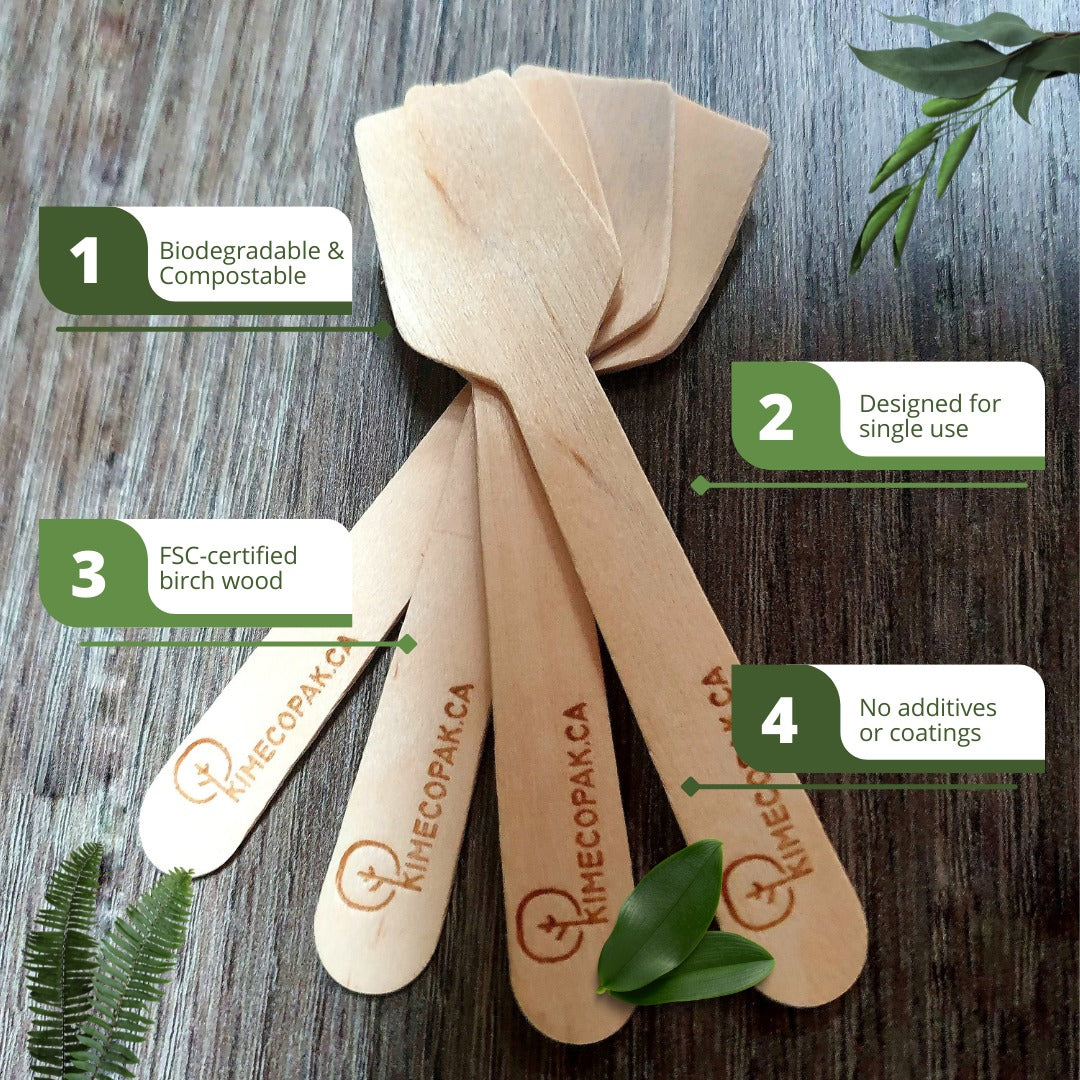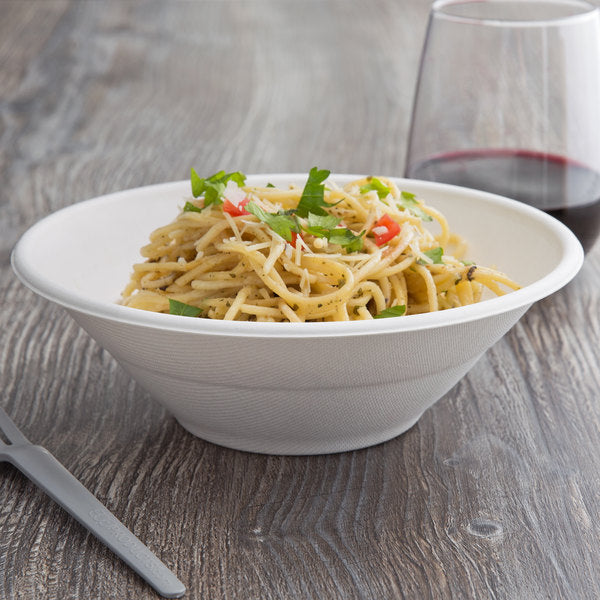Have you ever wondered why some beers are crisp and refreshing while others are bold and complex? The answer lies in two primary beer styles: lager and ale. Whether you’re a casual beer drinker or a craft beer enthusiast, knowing the key differences between these two will enhance your appreciation and enjoyment of beer. Let’s dive into the fascinating world of lager and ale with KimEcopak!
What Are Lager and Ale?
Lager and ale are the two main types of beer, distinguished by fermentation methods, yeast type, and flavor profiles.
-
Lager is brewed with bottom-fermenting yeast at cooler temperatures (45-55°F or 7-13°C), producing a crisp, smooth taste with a clean finish.
-
Ale uses top-fermenting yeast at warmer temperatures (60-75°F or 15-24°C), resulting in bold, complex flavors with fruity and spicy notes.
Understanding these differences will help you choose the perfect beer for your taste preferences and occasions.
Why Lager and Ale Matter in the Beer World
Lager and ale are more than just beer types; they form the foundation of brewing traditions worldwide.
-
Lager is smooth, crisp, and easy to drink, making it ideal for casual gatherings or hot summer days.
-
Ale is bold, rich, and complex, appealing to those who enjoy craft beers with distinctive flavors.
The next time you enjoy a beer, take a moment to appreciate its unique qualities!
Key Differences Between Lager and Ale
The table below highlights the essential distinctions between these two beer styles:
| Feature | Lager | Ale |
|---|---|---|
| Fermentation | Bottom-fermenting yeast at cool temperatures | Top-fermenting yeast at warm temperatures |
| Fermentation Speed | Slower, results in a clean and smooth taste | Faster, creates a more complex flavor |
| Flavor Profile | Crisp, refreshing, light malt and hop balance | Bold, complex, often fruity or spicy flavors |
| Appearance | Usually clear, light in color | Can be darker, sometimes cloudy |
| Body & Texture | Light-bodied, smooth finish | Fuller-bodied, richer mouthfeel |
| Alcohol Content | Typically lower | Generally higher |
| Common Styles | Pilsner, Helles, Dunkel, Bock | IPA, Stout, Porter, Belgian Ale |

Best Food Pairings for Lager and Ale
Pairing the right food with your beer enhances the tasting experience. Here are some great combinations:
Lager Pairings
- Pilsner: Grilled chicken, seafood, sushi, light salads
- Helles Lager: Soft pretzels, bratwurst, mild cheeses
- Dortmunder Lager: Roast pork, sausages, roasted potatoes
- Vienna Lager: Mexican dishes, barbecue, roasted meats
- Dark Lager: Grilled steak, smoked meats, chocolate desserts
Ale Pairings
- Pale Ale: Fried foods, burgers, spicy dishes, pizza
- India Pale Ale (IPA): Spicy foods (Indian, Thai), blue cheese, rich meats
- Amber Ale: Roast chicken, grilled pork, caramelized dishes
- Brown Ale: Barbecue, roasted nuts, hearty stews
- Stout & Porter: Chocolate desserts, oysters, roasted meats
Lager vs. Ale: Which One Suits Your Taste?
Choosing between lager and ale depends on your personal preference:
Go for Lager if:
- You prefer a light, easy-to-drink beer.
- You enjoy a crisp, refreshing taste.
- You don’t like overly bitter or complex flavors.

Try Ale if:
- You love bold, rich flavors with depth.
- You enjoy fruity, caramel, or spicy notes.
- You want to explore diverse styles like IPA or Stout.
Both lager and ale offer unique experiences—so why not try both and find your perfect match?
Conclusion
Lager and ale each bring distinct flavors, brewing techniques, and traditions to the world of beer. Whether you enjoy the refreshing smoothness of a lager or the bold complexity of an ale, the best beer is the one that suits your taste.


